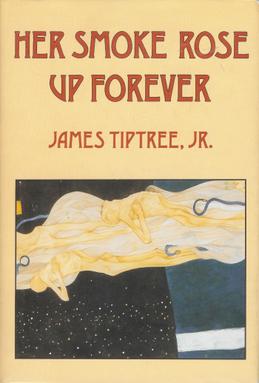In science fiction, female writers are a part of the
minority. An even smaller portion of that minority is comprised of women of
color. Nalo Hopkinson is among that minority.
Noelle
Nalo Hopkinson is a Black Jamaican-Canadian science fiction and fantasy writer
whose work incorporates her Afro-Caribbean culture, feminist ideas, and Creole
vernacular. Her work follows that of Octavia E. Butler in the fact that she
uses a strong Black female character as a protagonist in many of her works. She
also brings in personal elements to the stories by using her father works and
integrating mother-daughter relationships which may mirror her own relationship
with her mother.
To fully appreciate her work, one should understand a little
about her past. Noelle Nalo Hopkinson was born on December 20, 1960 in
Kingston, Jamaica. Her mother Freda was a library technician and her father,
Slade, was a noted Guyanese poet, actor, and playwright. Her mother being a
library technician led Hopkinson to explore many classic book titles such as
Homer’s Iliad, Jonathan Swift’s Gulliver’s Travels, Philip Sherlock’s West Indian Folk Tales, and other such
fantastical tales. As she grew older, Hopkinson’s preference moved towards
science fiction leading her to read Frank Herbert’s Dune, Samuel R. Delany’s Dhalgren,
and Ursula K. Le Guin’s Always Coming
Home. This is what piqued her interest in science fiction.
Her science fiction career, however, didn’t begin until 1993.
It was in this year that her father died and she began writing her first novel.
His influence is seen throughout the novel in epigraphs, characters, and
themes. His work “The Woman of Papine” as well as “Ti’Jean and His Brothers”, a
play by Derek Walcott, were inspirations for the novel. This first novel was
pivotal, because it used the Afro-Caribbean vernacular, Creole, to tell the
story rather than the more common proper English. It proved that Creole could
be used to tell a story which readers wanted to see.
Since her first novel, Hopkinson has released a variety of
works including several novels, short stories, anthologies, and essays. She
works to promote feminism as well as supporting other people of color. In
conferences she attends, she works to promote people of color by asking that
issues relevant to them be presented. She has also done this as a teacher by
encouraging students of color to attend college.
Works
Cited
n.a. “Nalo Hopkinson- Summary Bibliography.” Isfdb. Isfdb. n.d. Web. 7 Dec. 2015. <http://www.isfdb.org/cgi-bin/ea.cgi?1366>
Rutledge, G. “Nalo Hopkinson.” University of Nebraska Lincoln. Faculty Publications: Department of
English, 30 May 2002. Web. 7 Dec. 2015. <http://digitalcommons.unl.edu/cgi/viewcontent.cgi?article=1024&context=englishfacpubs>









